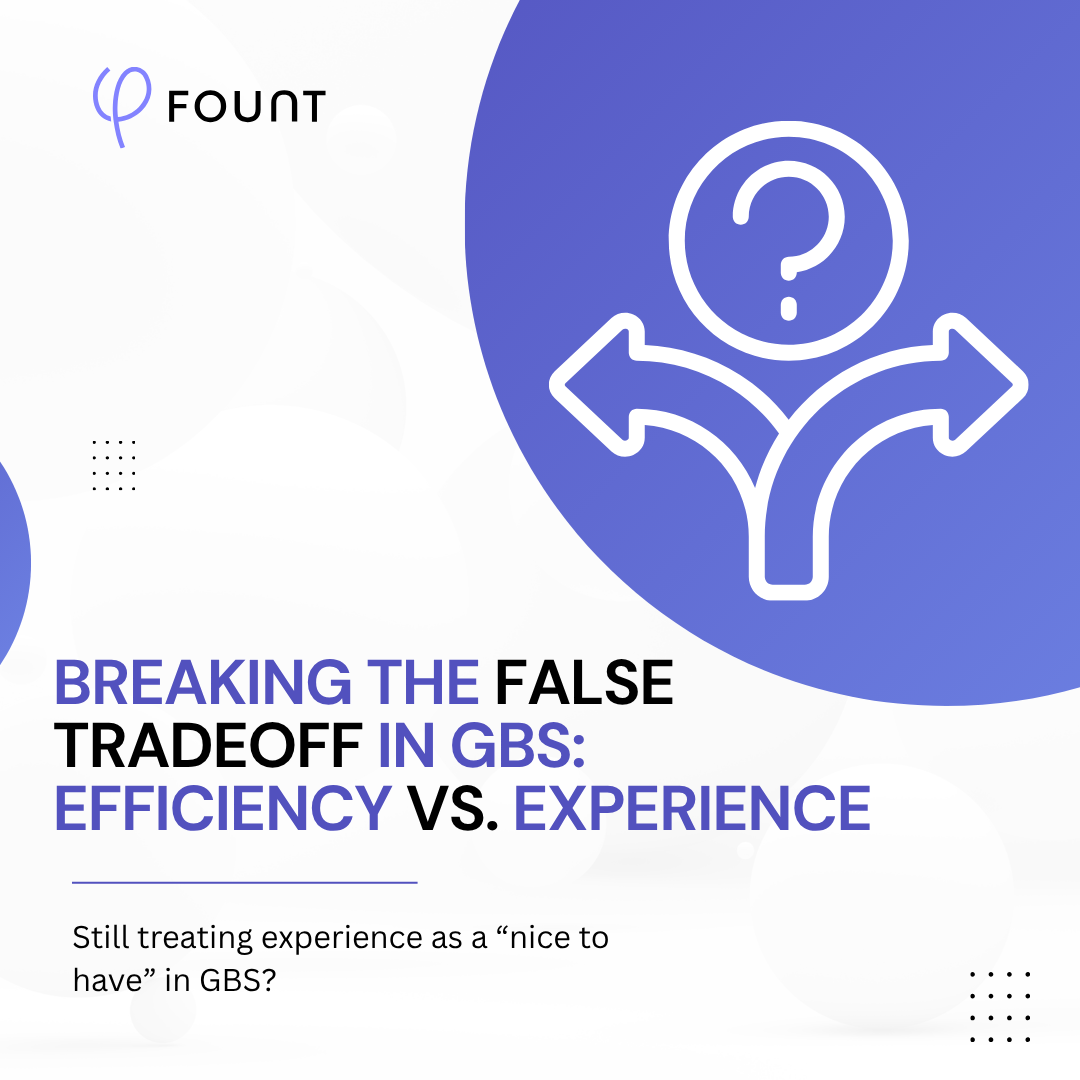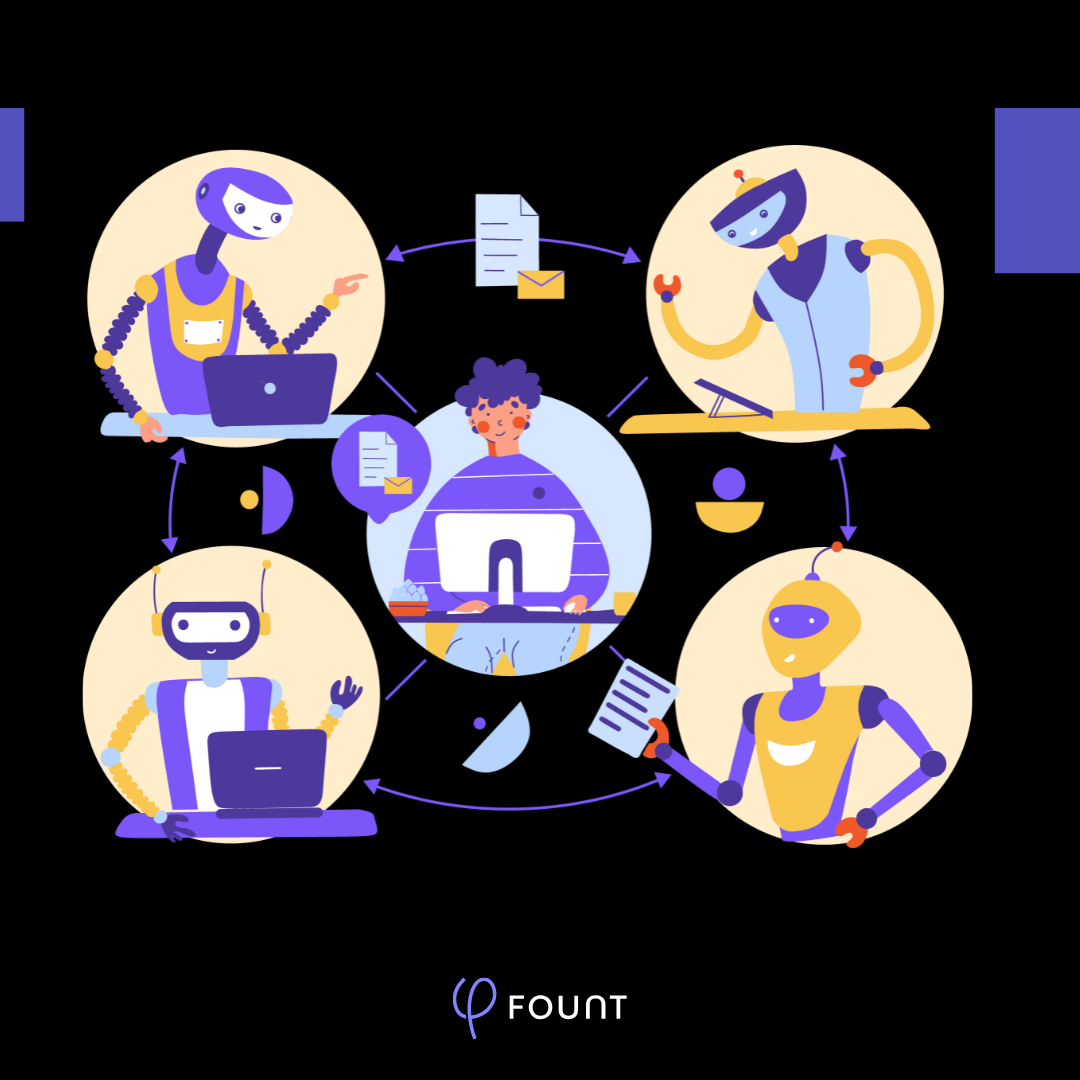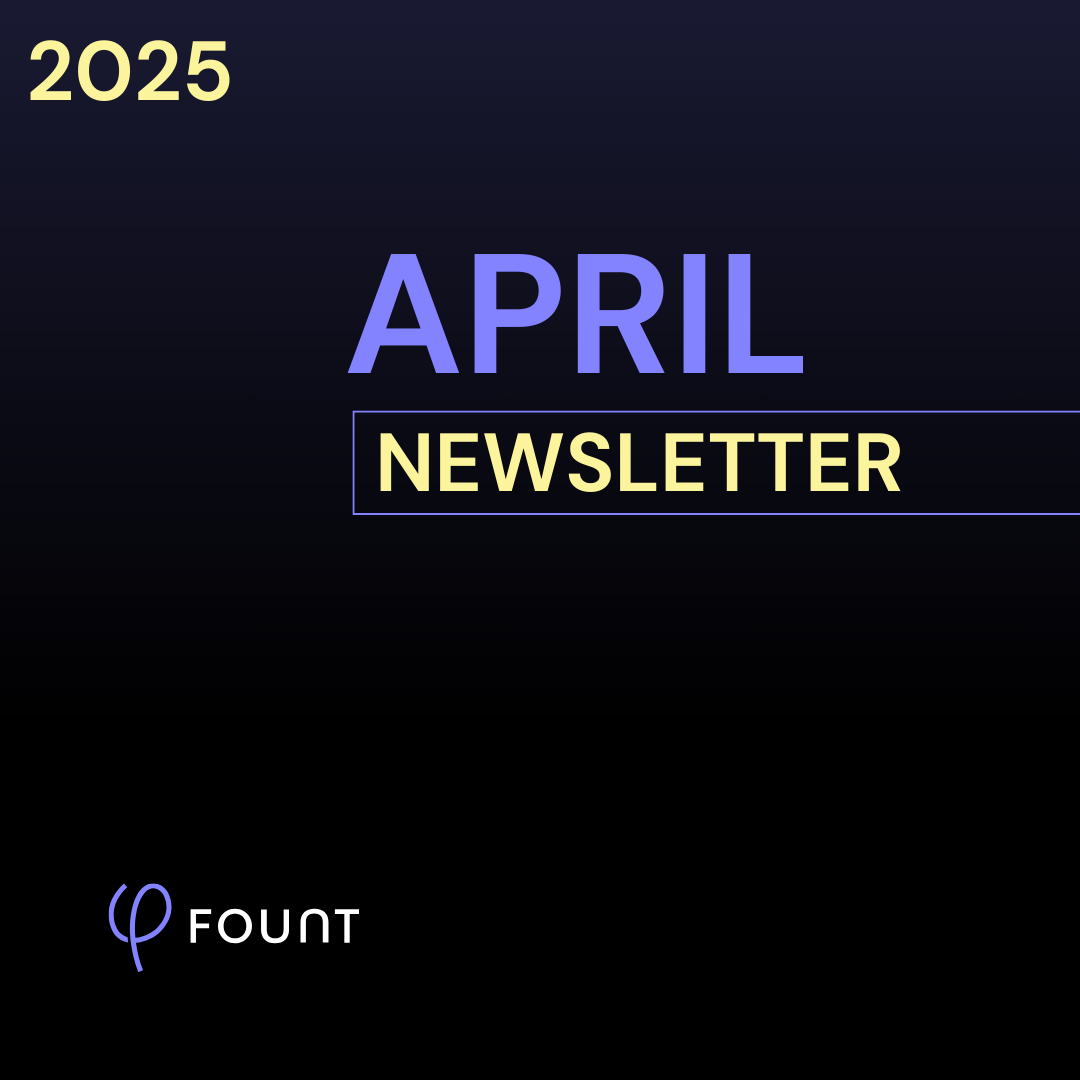Table of Contents
Forecasting attrition with HR data
A summary of the details of the article will go here.

FOUNT CEO, Christophe Martel, contributes his thoughts about the importance of data and its impact on attrition rates.
Employee turnover is one of the most significant business costs. Voluntary quit rates have doubled in the past decade. LinkedIn places the average worldwide employee turnover rate at 10.9%. The following excerpt emphasizes the role of HR in gathering data to help organizations take action and reduce friction.
The Role of HR
As the central hub for people-related matters, HR plays a critical role in minimizing attrition. But HR leaders alone can’t achieve results. The key to reducing involuntary turnover is in the data that is being collected — who, when and why — and how it is analyzed.
“By simply gathering data about employees’ interactions as they go about their job, companies can quickly identify and take action to resolve points of friction, which will result in reduced turnover and improved workforce productivity and performance,” said Christophe Martel, CEO of technology company FOUNT in Washington, DC.
And it takes a lot of data to be able to accurately identify relevant trends. It is only once this information is collected and analyzed that business leaders can then take steps to improve their business environments to reduce attrition and improve performance.
Related Resources
See all News
FOUNT News
LIVE Webinar. Beyond AI Hype: How to De-Risk Your GBS Transformation with Friction Data

Guest Post
3 Signs Your GBS Is Creating Friction Instead of Flow (And How to Fix It)

FOUNT News
June Newsletter: Friction is Killing Your AI ROI.

Insights
Breaking the False Tradeoff in GBS: Efficiency vs. Experience

Events
LIVE Webinar – July 9th for SSON Network. Beyond AI Hype: How to De-Risk Your GBS Transformation with Friction Data

Insights
To Create New Value, GBS Leaders Need Different Data

Insights
How to Keep Up with the Latest AI Developments

Insights
APRIL Newsletter. Friction: You Can’t Improve What You Can’t See



